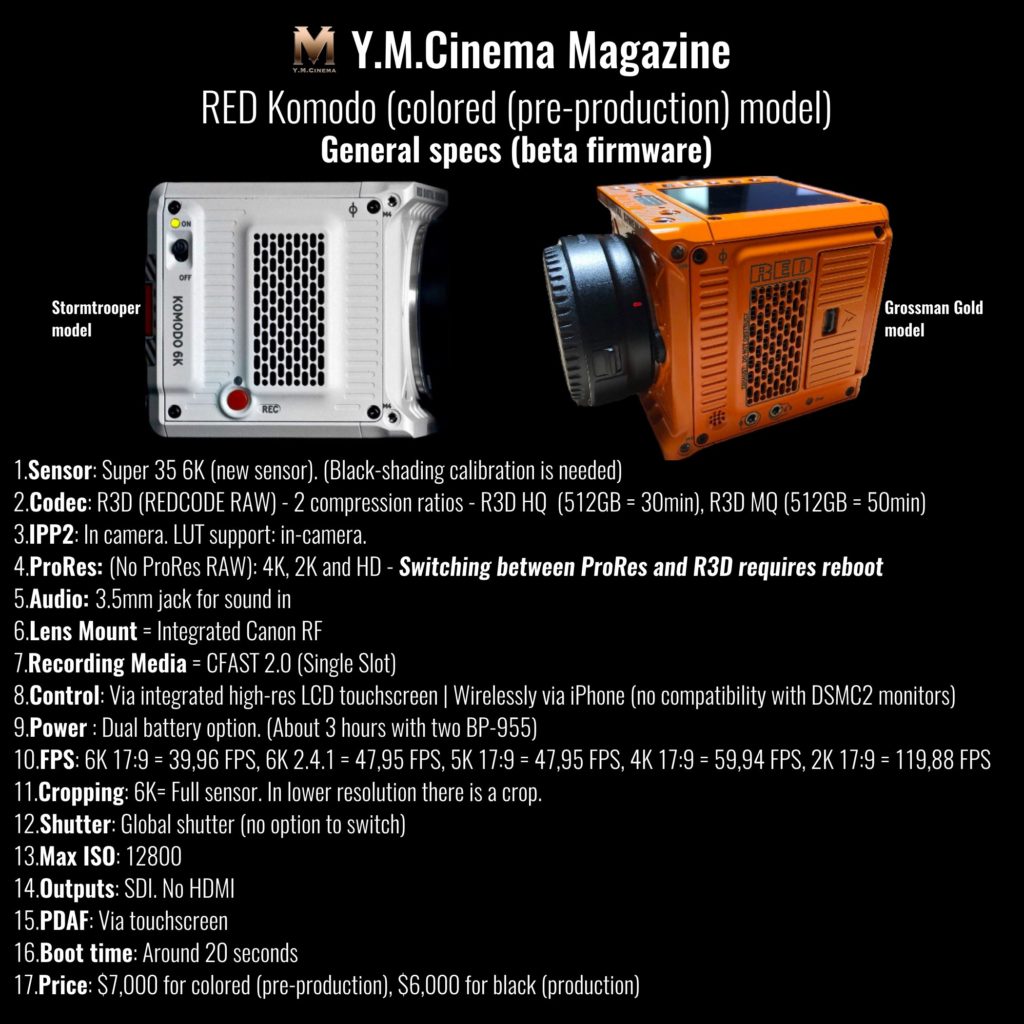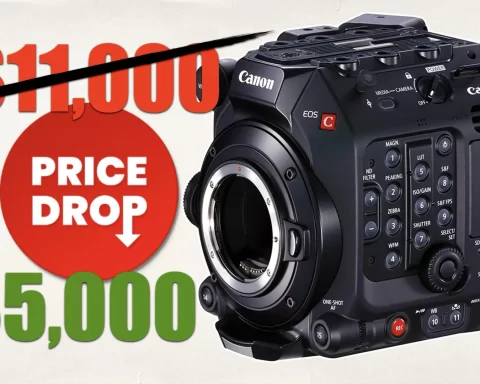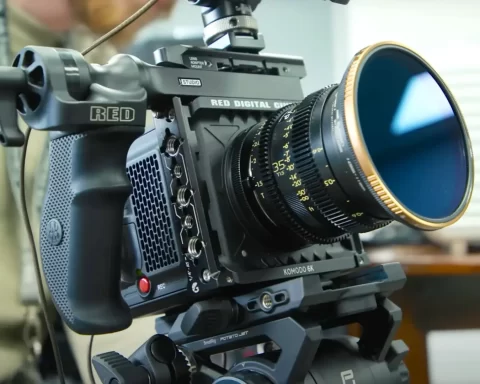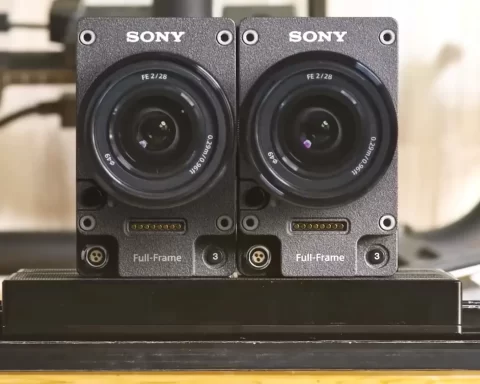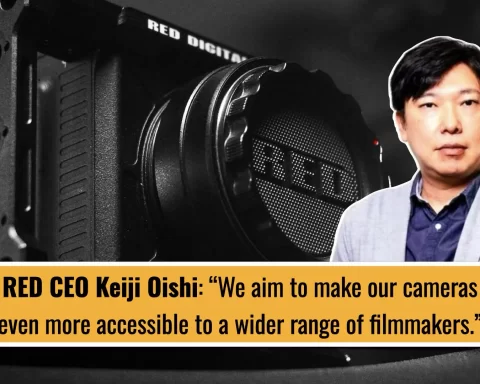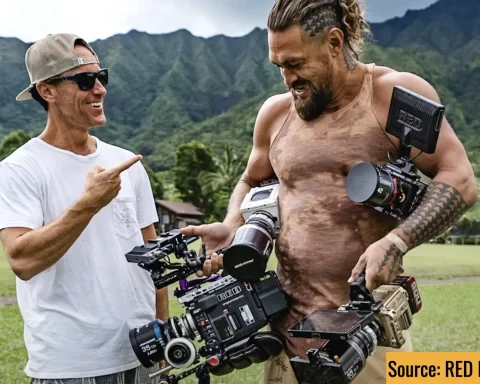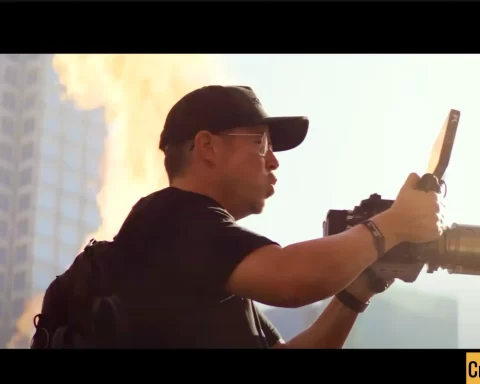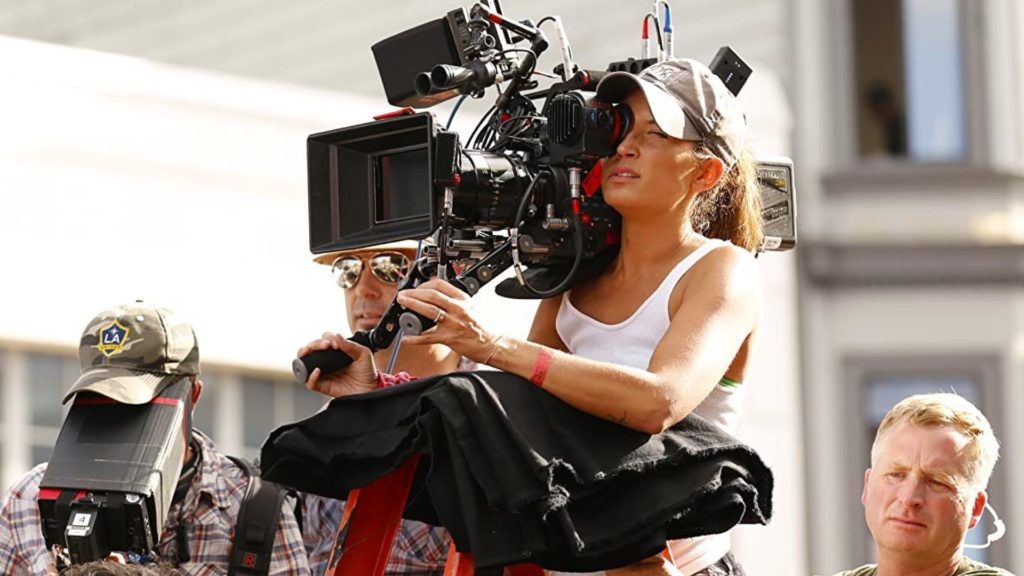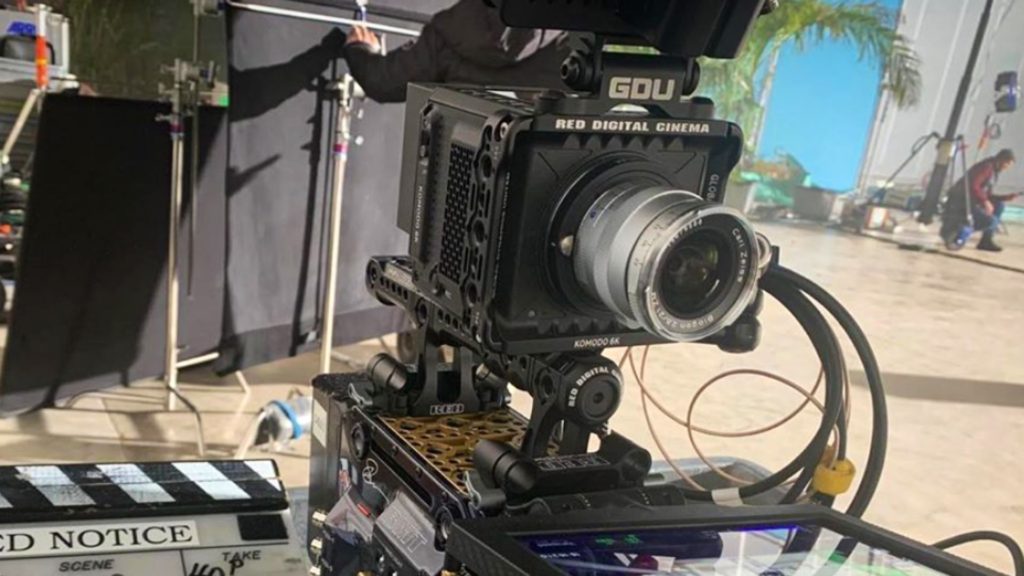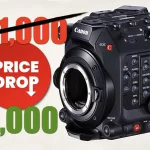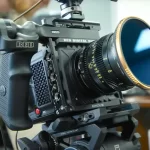Here we go. Finally real-world footage (and more specs) of the most ###### camera out there: The RED Komodo. Thanks to Chernobyl filmmaker, Philip Grossman, we can now explore what the “Grossman Gold” is capable of. Let’s have a look.
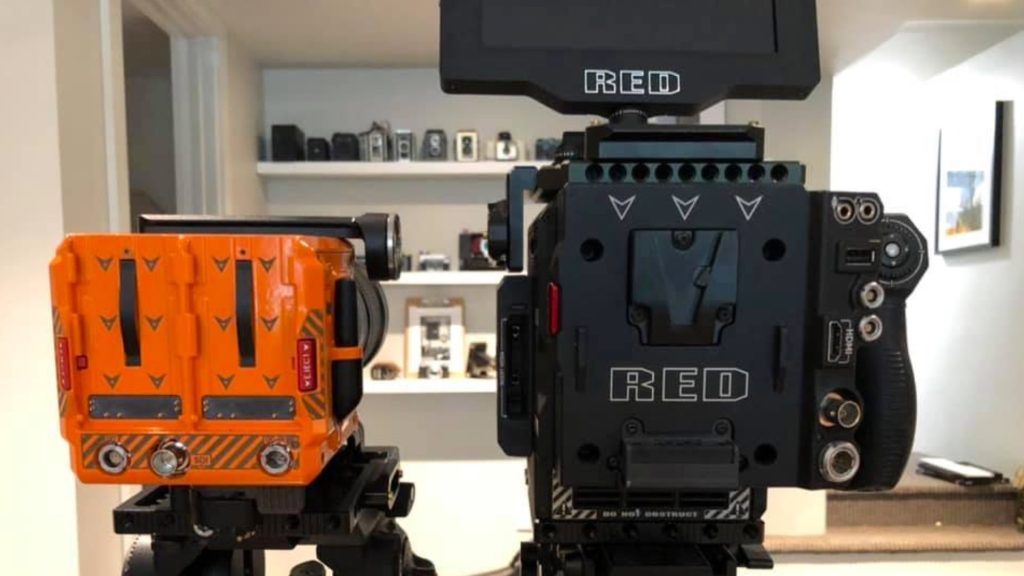
The “Grossman Gold”
This first version of RED Komodo was shipped to a very few and selected filmmakers. One of them that received this custom colored new model, is Philip Grossman. Another interesting fact is that the first batch of Komodos was actually named “Grossman Gold” after Grossman’s work in Chernobyl. Grossman is an award-winning cinematographer and photographer. Over the past eleven years, he has been engaged in a long-term project in Chernobyl, which led to his involvement in the award-winning HBO series “Chernobyl.” Check out his Instagram and website to explore a different and fascinating world of footage. Now, he’s got the Komodo. Let’s learn a bit more about this “Badasses Little RED”.
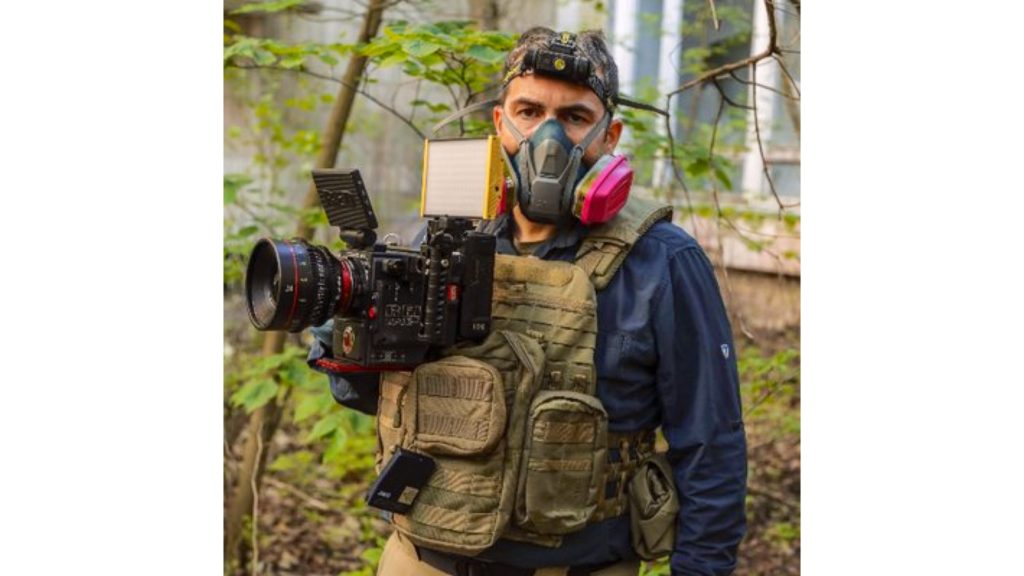
Komodo specs and functions – not formally released yet
Thanks to Grossman and Phil Holland’s thread on REDuser we can accumulate some more specs and functionality regarding the Komodo, as the formal specs haven’t been released yet. However, the specs are not final yet and will be sharpened and improved via extensive firmware updates. It’s important to emphasize that the colored Komodos are the pre-released versions of the camera, and the firmware is Beta.
Regarding the specs list, explore the chart below to reveal what we know so far:
Komodo footage
One of the key factors in cinema cameras is indisputably image quality. Till now, this was a strange enigma regarding the Komodo. However, thanks to Grossman, we can now examine the real capabilities of the cameras. All the tests footage below made by Philip Grossman. Make sure to check his YouTube channel for further descriptions and opinions.
First RED Komodo Sample Footage – Komodo vs Helium Comparison
The first Komodo footage is an initial qualitative test comparison between the Komodo and RED Helium. Both cameras were configured to maximum resolution and lowest compression. No grading was done. Cameras configuration as follows:
- Helium: 8K, ISO 800, WB 5600k, Shutter 1/48, Frame rate 23.976, and compression 5:1.
- Komodo: 6K, ISO 800, WB 5600k, Shutter 1/48, Frame rate 23.976, and compression HQ (lowest compression rate: highest image quality).
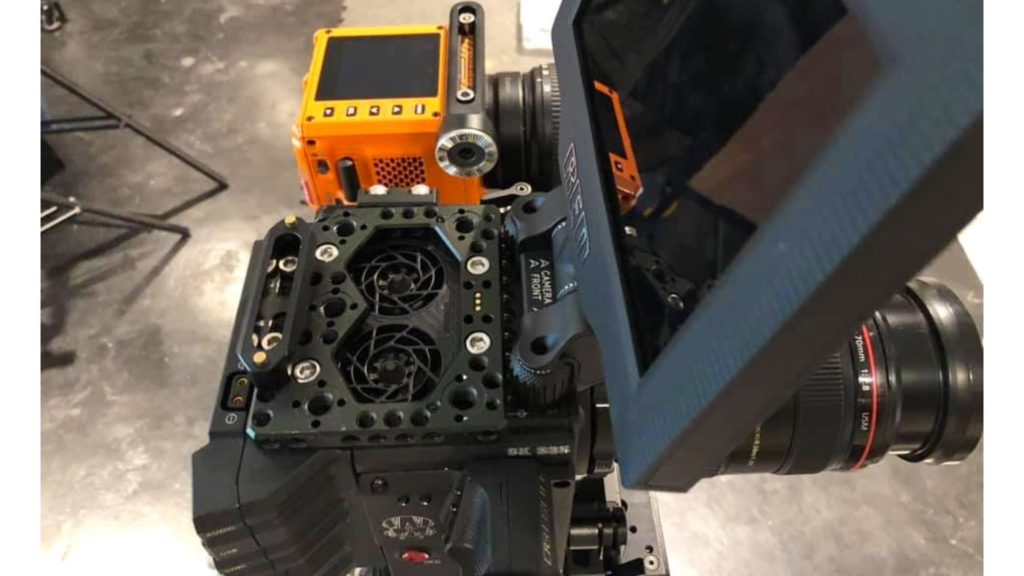
Check out the video below:
Low Light Test: Komodo vs. Helium
This is a low light test – comparison between Komodo and Helium. In this test both cameras were set to the following:
- Native Resolution (Komodo 6k, Helium 8K)
- ISO – 800
- Aperture – f2.8
- Shutter – 1/48th
- Frame rate – 23.976
- Focal length 35mm
- CT 5600K
Philip has utilized a smaller Nitecore P12GTS flashlight which houses a CREE XHP35HD lamp producing a max output of 1800 Lumens. The cameras were placed approximately 9 feet from the subject wall. The initial exposure was made at the Flashlight’s max rating of 1800 lumens. Philip cycled through the flashlight settings in the following order: 1 Lumen, 70 Lumens, 240 lumens, 900 lumens, 1800 lumens. According to Philip, the footage was then ingested into Davinci Resolve and set up in a DCI-P3, Gama 2.6, timeline (no grading). The clips were left native and not adjusted in any manner in order to give a baseline comparison.
Examine the comparison below:
Komodo 6k Test Footage
This test was created between 7:30 pm and 9:10 PM.
Camera Settings: 6K, 48 fps, 1/96 & 1/48 shutter (needed as much light as possible in the last shot), and 800 ISO. Basic color grading was applied. However, no noise reduction. Check it out in the video below:
Extreme ISO test
This test was shot at 12,800 ISO, 6K, 48 fps, 1/48 shutter. No black shading. NR was applied in DaVinci resolve on the right half of the image.
120 FPS
We continue and update this post on the fly when more footage (and specs) will be released, including links to download R3Ds. Stay tuned. Also, feel free to share your impressions in the comments section below.


